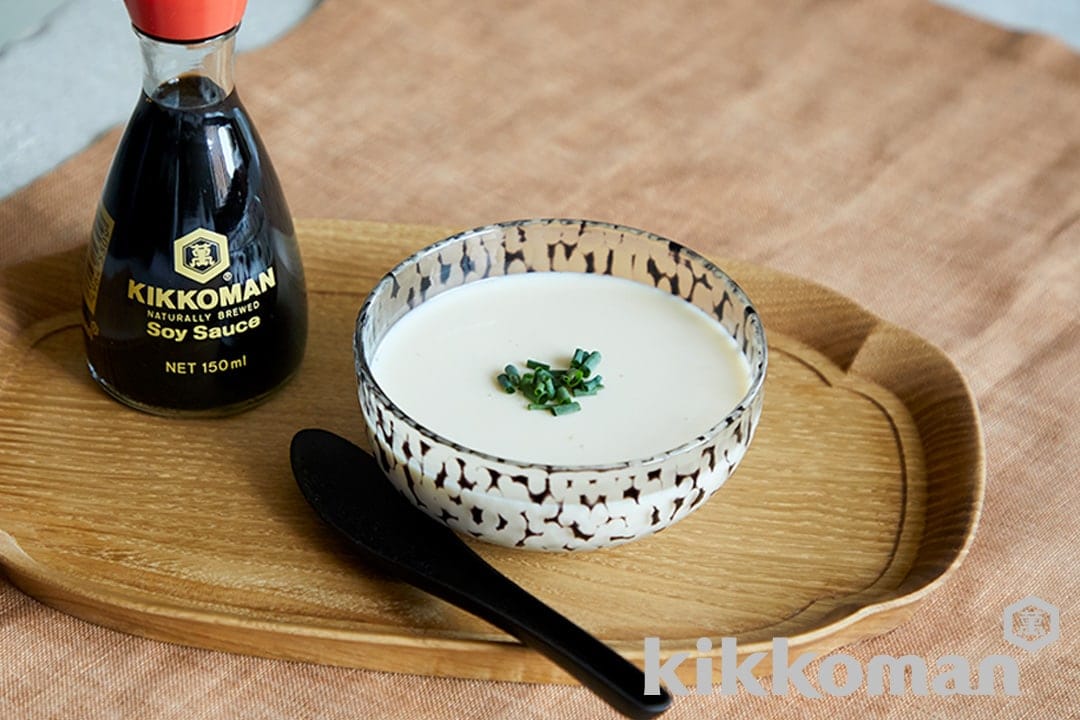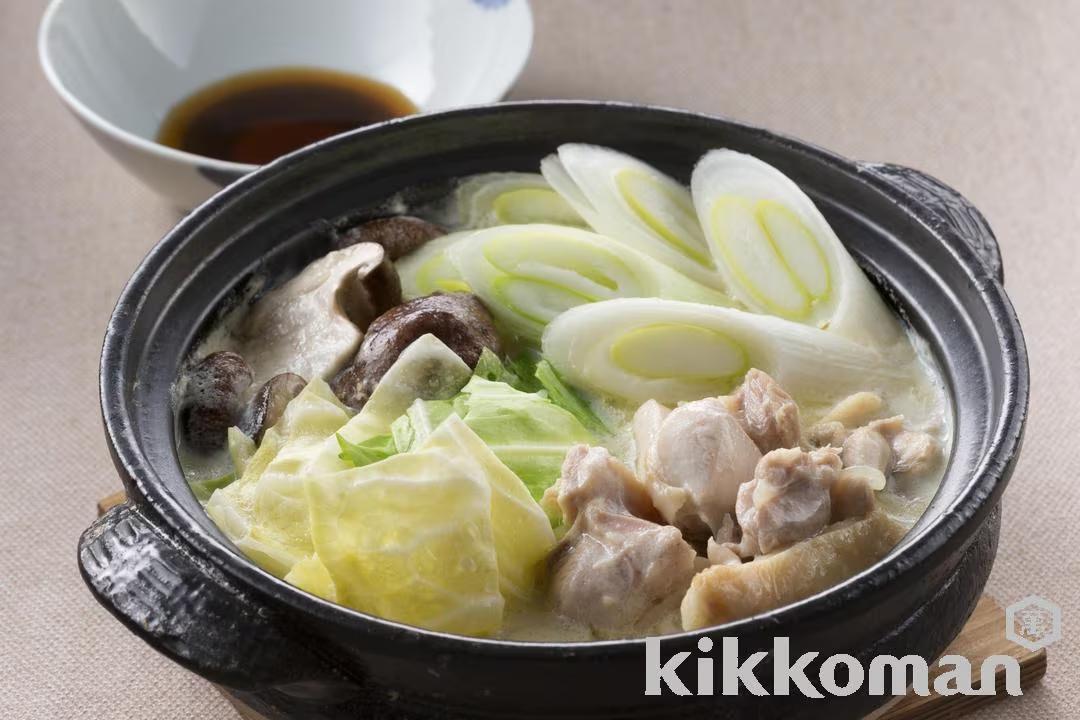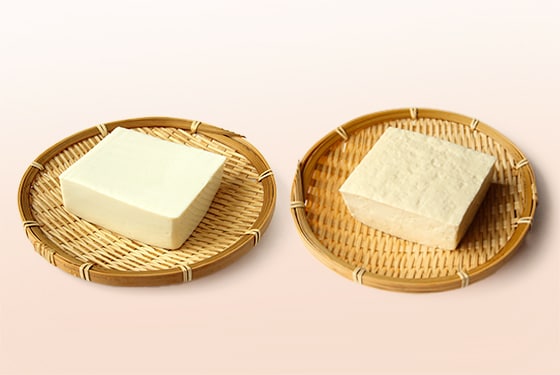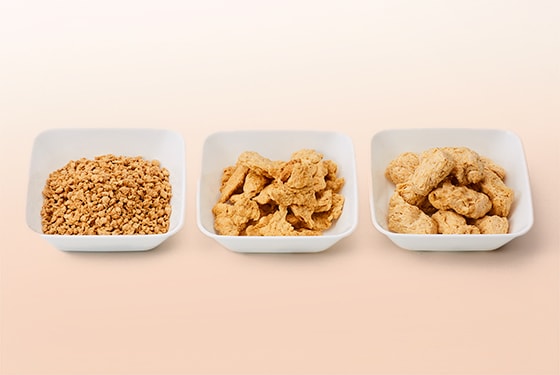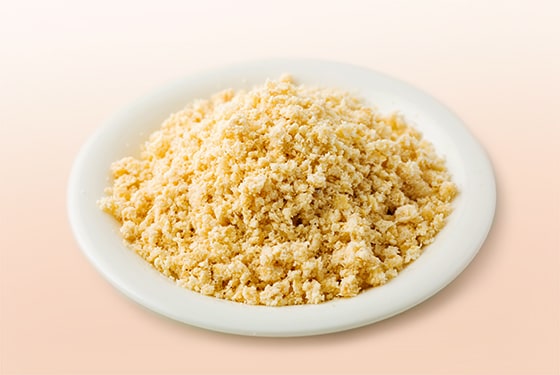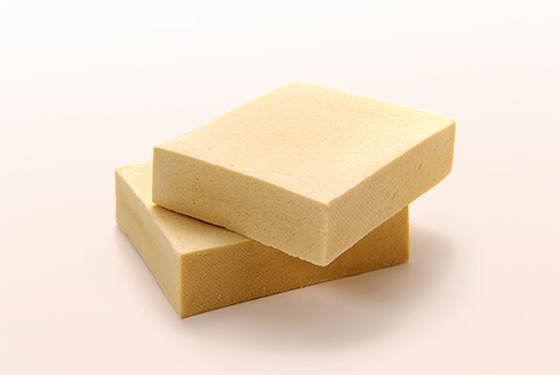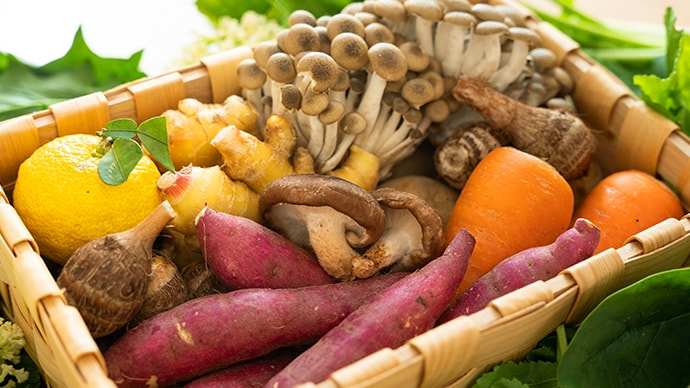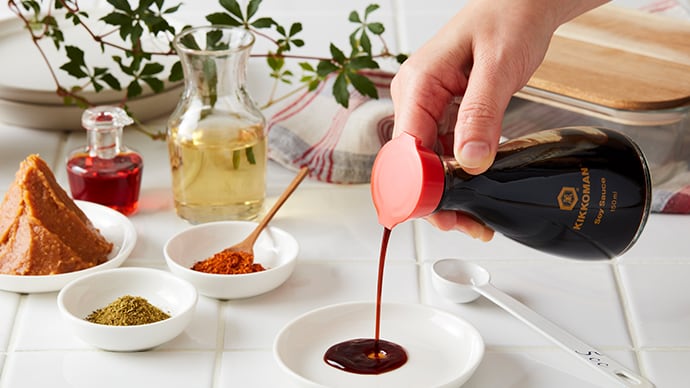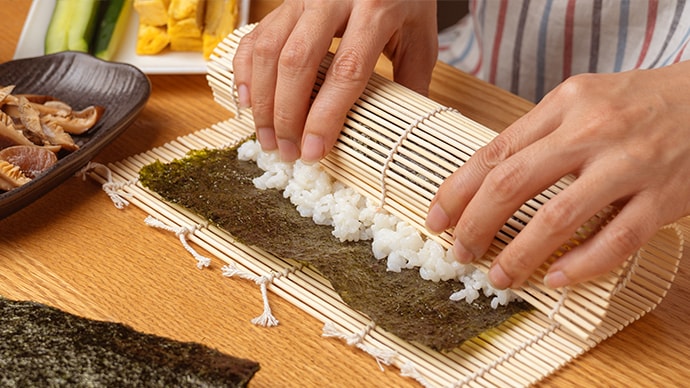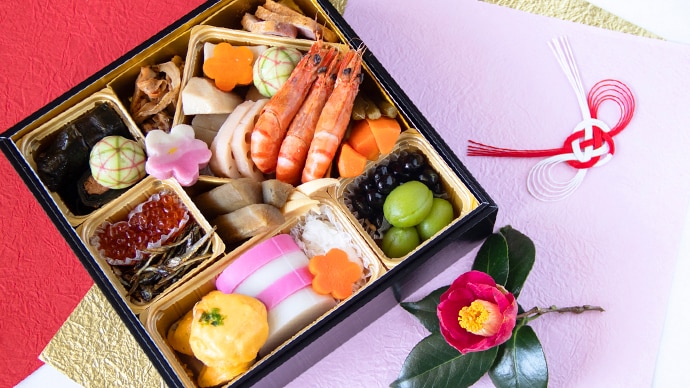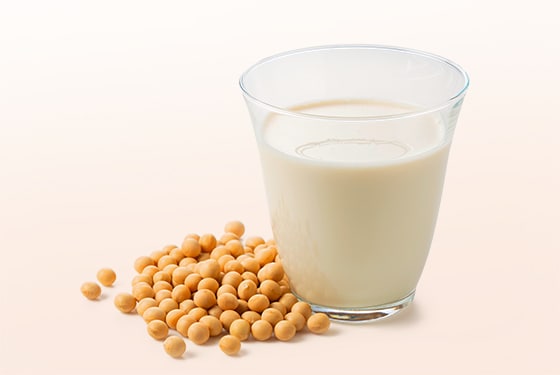
The liquid derived from soybeans after removing solid components, commonly used in drinks and cooking
What is soymilk?
Soymilk (豆乳 in Japanese) is the liquid obtained by soaking soybeans in water, grinding them, heating the mixture, and then straining it. One key characteristic is its high protein content compared to other plant-based milks. Conversely, it contains fewer carbohydrates than dairy milk and has zero cholesterol. In addition, being plant-based, it is easily digestible and gentle on the body.
Soymilk is generally categorized into three types: “unsweetened soymilk”, made only from soybeans and water, retaining the rich, natural flavor of soybeans, “original soymilk”, sweetened with ingredients like sugar to improve taste and drinkability, and flavored “soymilk beverages”, which include added flavors such as fruit or coffee. In terms of culinary use, soymilk can be consumed as-is, used in soups, hot pots, and desserts, added to coffee for soy lattes, or poured over cereal.
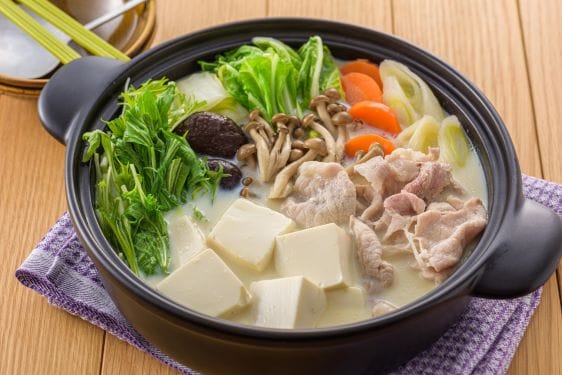
Nutrition facts
Soymilk contains a good balance of essential amino acids and is an abundant source of vegetable protein. It is rich in the first limiting amino acid lysine, which is scarce in grains such as rice and wheat, so consuming soymilk with grains aids protein absorption. It also contains B vitamins, vitamin E, and iron, which are useful for energy metabolism and cell protection through their antioxidant properties. In addition, soymilk contains calcium and magnesium, which contribute to maintaining healthy bones and teeth, and iron, which is effective in preventing anemia.
Furthermore, soymilk is rich in isoflavones. Isoflavones have an estrogen-mimicking effect, contributing to osteoporosis prevention and hormonal modulation. Soymilk also contains lecithin, which is said to be beneficial for suppressing the rise of cholesterol in the blood and preventing arteriosclerosis.
Storage to prevent food loss
Most soymilk products can be stored at room temperature while unopened. Once opened, they should be refrigerated and consumed within 2 to 3 days.
Trivia
Unsweetened soymilk is one of the main ingredients in tofu. Tofu can be made by adding the coagulant nigari (Japanese bittern) to unsweetened soymilk. Also, when unsweetened soymilk is heated, a thin film forms on the surface. This is called yuba in Japanese, and it can be scooped off and enjoyed with a light seasoning such as soy sauce.
Kikkoman Soymilk
Kikkoman Soymilk, known for its unique production method and flavor lineup, is widely popular in Japan as the No. 1 brand. From 2018, we began exporting made-in-Japan soymilk products and expanding our international presence.
The appeals of Kikkoman Soymilk lie in its high-quality, backed by raw ingredient extraction and production techniques that focus on freshness, its commitment to careful ingredient selection, and its unique and varied lineup of fruit and dessert-based flavors. Kikkoman Soymilk has a low beany flavor and a smooth, creamy texture — making it a delicious and versatile choice for all kinds of dishes.
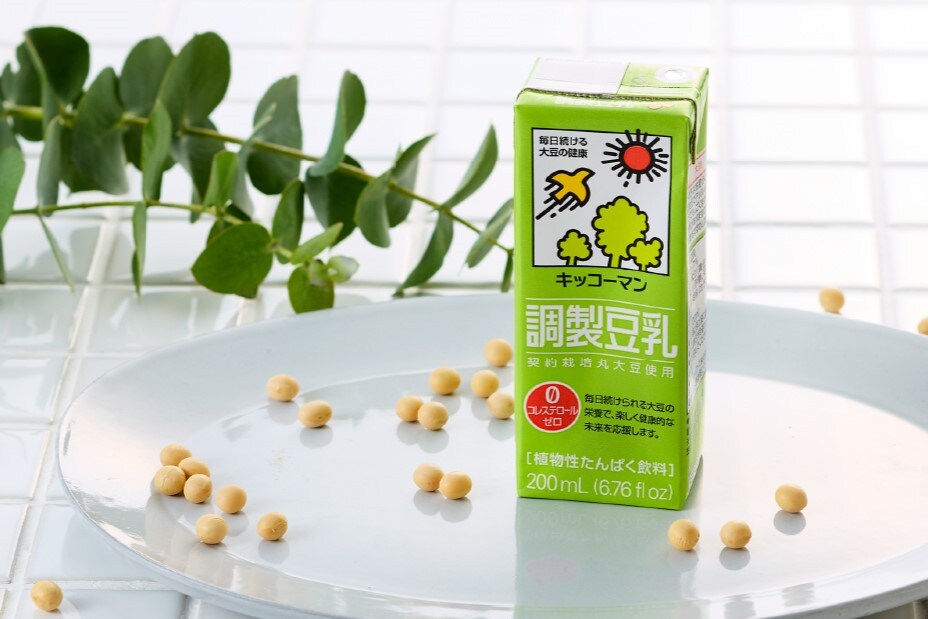
Related Recipes
40min
353kcal
700mg
15min+
534kcal
1263mg
30min+
286kcal
709mg
20min
347kcal
709mg





